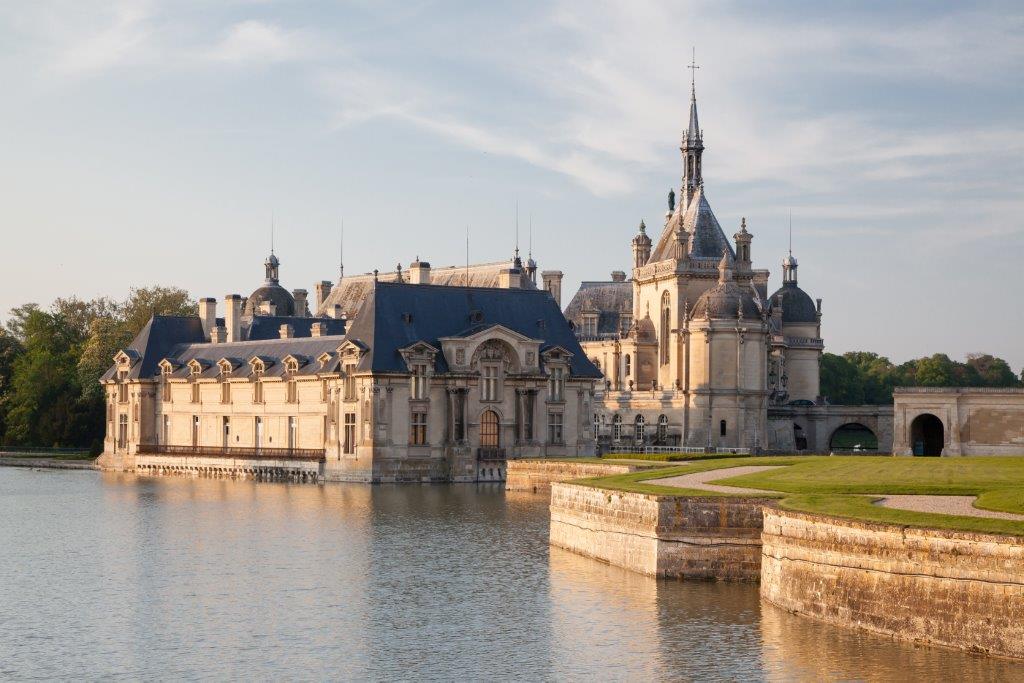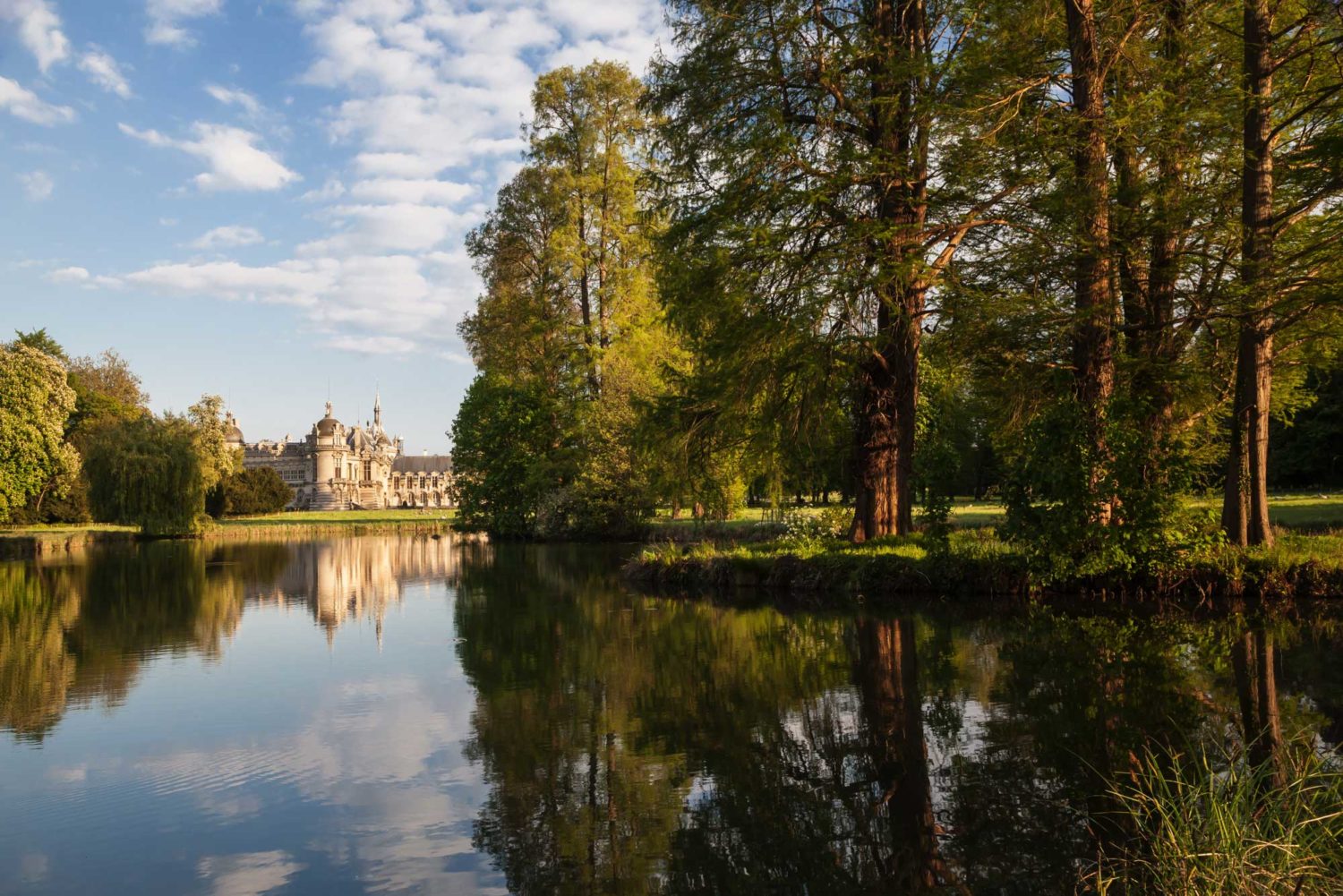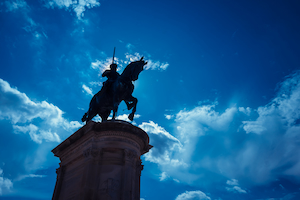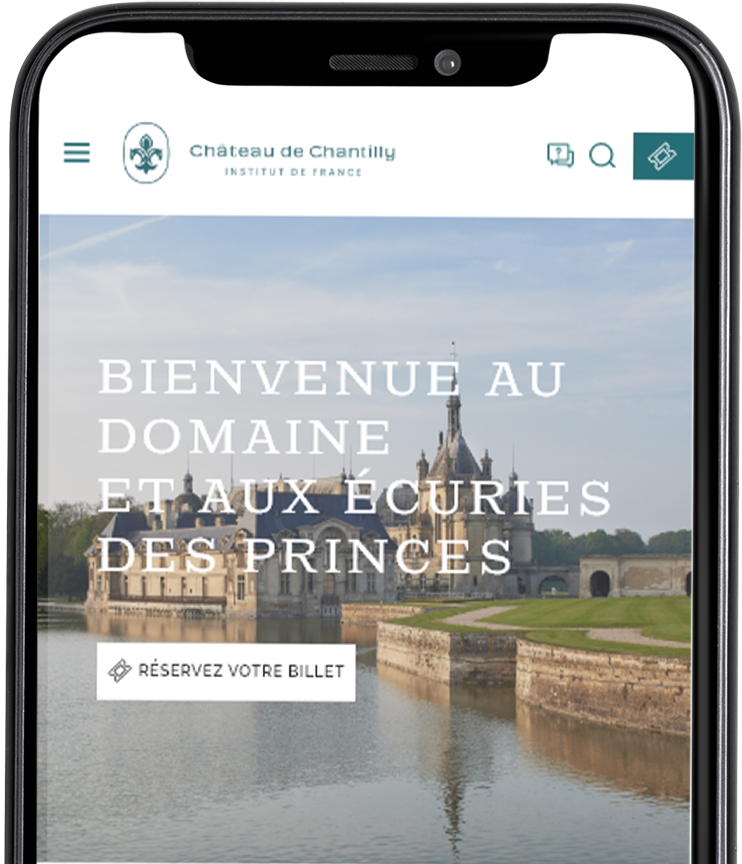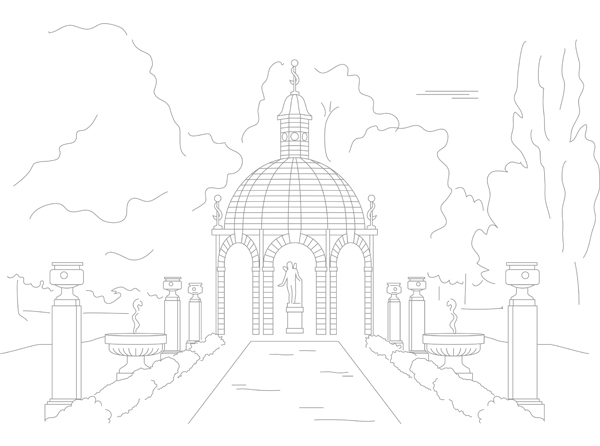
An exceptional panorama of the art of the Western garden
With an overall surface area of 115 hectares, the grounds of the Château de Chantilly are the result of several creations according to the fashion of each period: the French-style garden created by André Le Nôtre in the 17th century, the Anglo-Chinese Garden in the 18th century and the English Garden at the beginning of the 19th century. These grounds provide a unique testament to the relationship between men and nature in the western world over more than three centuries.
André Le Nôtre’s French-style garden
The large French-style flowerbed in Chantilly provides the most stunning viewpoints of the visit. It includes immense mirrors of water reflecting the sky, numerous fountains and water features, and an exceptional collection of statues. Of all the gardens created by André Le Nôtre, those of Chantilly were his favourite.
Find out more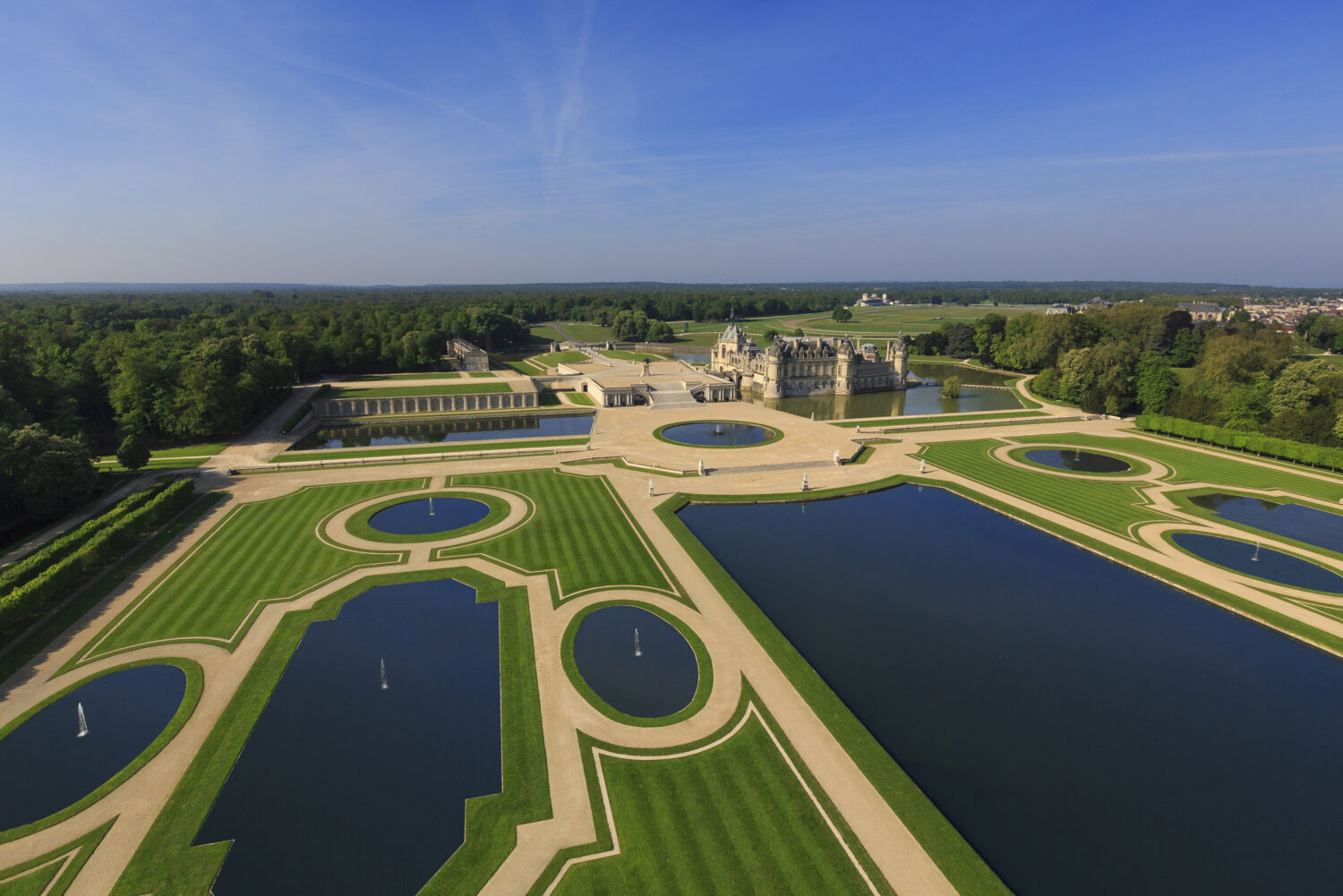
© Jérôme Houyvet
The Anglo-Chinese garden
Designed in 1773 by the architect Jean-François Leroy for Prince Louis-Joseph de Bourbon-Condé, the Anglo-Chinese garden houses the Hamlet, made up in 1775 of seven small houses (today five) that are rustic in appearance. It served as the model for Marie-Antoinette’s Hamlet in the Petit Trianon in Versailles.
Find out more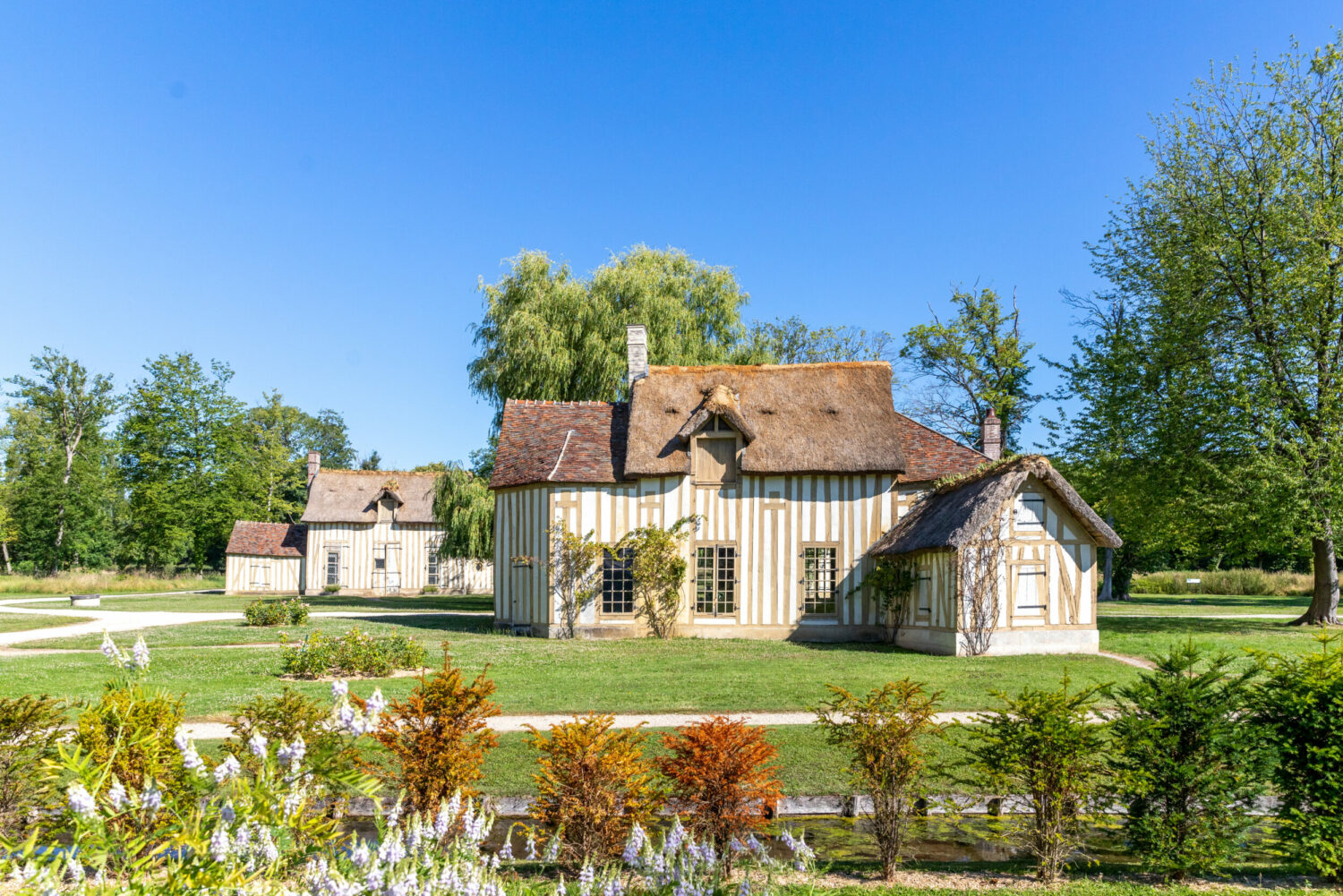
© Thibault Charpentier
The English garden
Located between the Château and the Great Stables, the design of the English garden by the architect Victor Dubois began during the Restoration in 1817. Enhanced with romantic structures such as the temple of Venus, which is inhabited by swans and waterfowl that nest on its many islands.
Find out more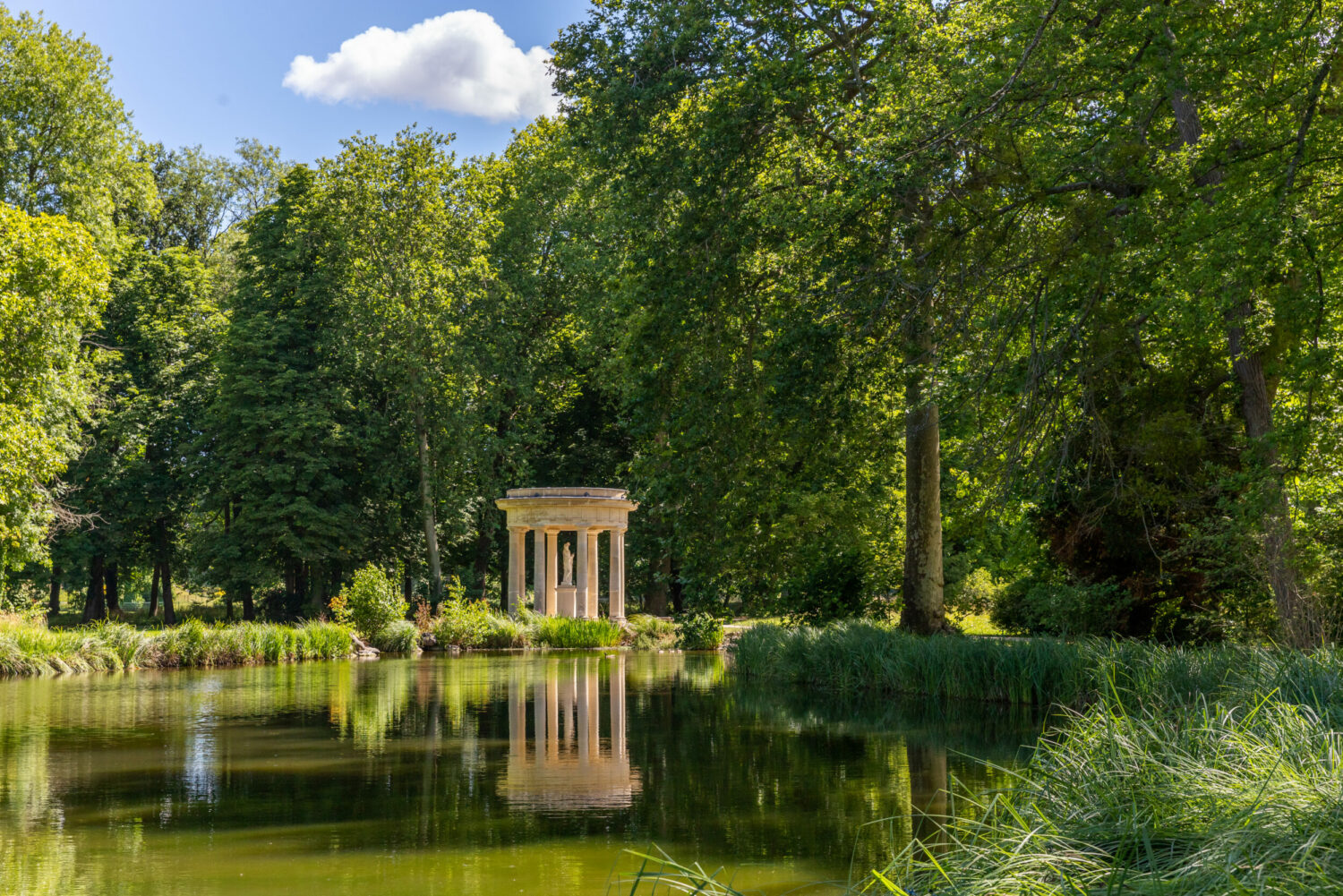
© Thibault Charpentier
Fun ways to visit the grounds
Enjoy discovering the grounds of the Château de Chantilly aboard one of our atypical rental vehicles.
Find out more
© Château de Chantilly

